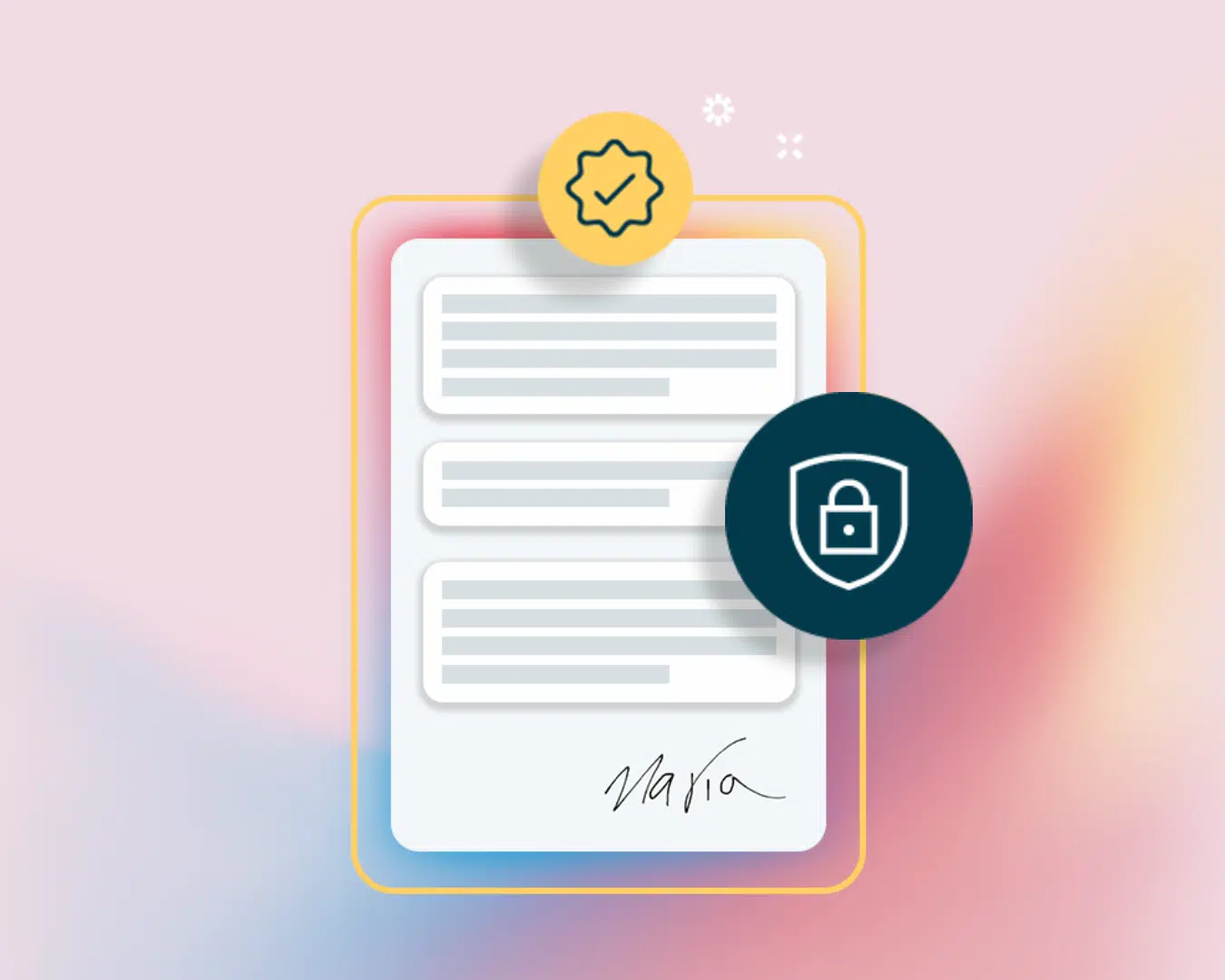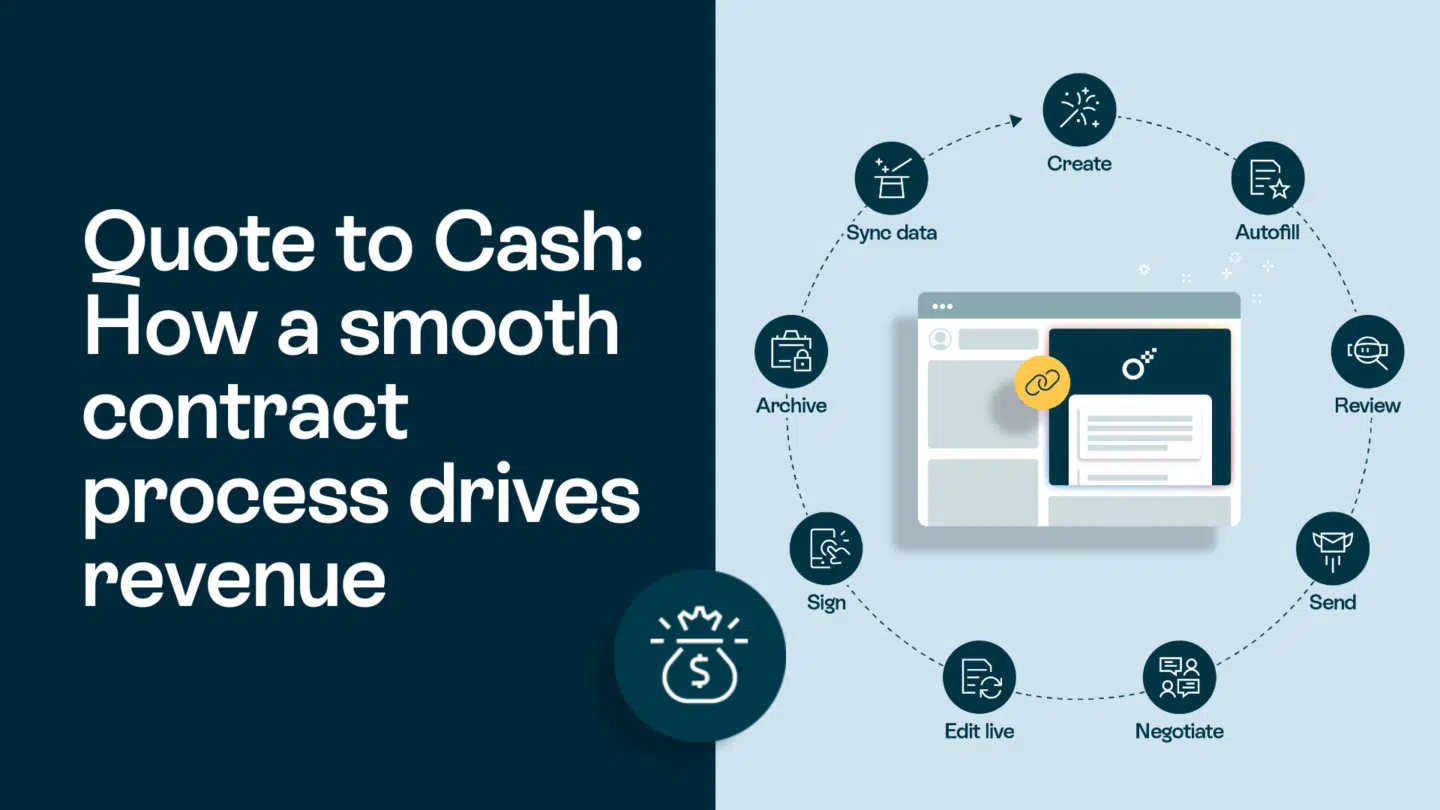The hurdles of adapting to digital contracts for B2B
Overcoming the challenges in B2B contracts by transitioning from traditional to digital contracts offers many benefits. Understanding these hurdles can help you navigate the shift more effectively and ensure a smoother adoption process within your organization.
Resistance to change within organizations
One of the most significant obstacles businesses face when moving to digital contracts is resistance to change. Employees and stakeholders who are accustomed to traditional methods may be hesitant to embrace new technologies. This reluctance often stems from a fear of the unknown or concerns about the complexity of learning a new system.
Read also: What are digital contracts? A complete guide
How to overcome change resistance
To overcome this, it’s essential to foster a culture of openness and provide comprehensive training that highlights the benefits of digital contracts. By addressing concerns early on and demonstrating how digital tools can make their jobs easier, you can encourage greater acceptance and enthusiasm for the transition.

Legal and regulatory concerns
Another major challenge is navigating the legal and regulatory landscape associated with digital contracts. Legal complexity can be daunting, especially in industries that are heavily regulated. According to the report, 46% of respondents identified legal concerns as a significant barrier to contract signing.
How to overcome legal concerns
To mitigate these concerns, it’s crucial to ensure that your digital contracts comply with relevant laws and regulations. This may involve consulting with legal experts to verify that your contracts are enforceable and that your processes meet industry standards. By doing so, you can build confidence in the legality of your digital contracts and reduce the risk of disputes.
Dealing with last-minute changes and edits
One of the most frustrating aspects of contract signing is dealing with last-minute changes and edits. These can cause delays, increase the risk of errors, and, in some cases, even jeopardize the entire deal.
The impact of last-minute edits on B2B contract signing
When terms or conditions change at the last minute, it can throw the entire contract signing process into disarray. According to the report, 77% of respondents said that the most important factor when signing a contract is ensuring that no further edits are needed. This highlights the importance of having a clear and agreed-upon contract before it reaches the signing stage.
Digital contracts can help mitigate the impact of last-minute changes by allowing for quick and easy updates. Unlike physical contracts, which require reprinting and manual signing, digital contracts can be edited and re-signed in a matter of minutes. This flexibility not only speeds up the process but also reduces the likelihood of errors slipping through.
Strategies to minimize last-minute changes
To reduce the likelihood of last-minute edits, it’s important to establish clear communication and expectations from the outset. Make sure all parties are aligned on the terms and conditions early in the negotiation process, and use collaboration tools to keep everyone on the same page. By maintaining transparency and ensuring that all stakeholders are informed, you can minimize the chances of unexpected changes derailing the contract signing process.
Read also: What is contract management? A complete guide for 2025
Addressing pricing and negotiation challenges
Pricing is often a sticking point in contract negotiations, and it can be one of the main reasons why contracts are not signed. Addressing this challenge requires a combination of clear communication, transparency, and the right tools.

The role of transparent pricing in contract signing
The report highlights that pricing is the second biggest hurdle in getting contracts signed, with 47% of respondents citing it as a major challenge. Transparency in pricing is crucial to avoiding misunderstandings and building trust between parties. When pricing is clear and upfront, it reduces the potential for disputes and makes the negotiation process smoother.
Digital contract management tools can help by providing interactive pricing tables and automated calculations, making it easier for all parties to see exactly what they’re agreeing to. This level of transparency can help prevent disputes and ensure that everyone is on the same page before the contract is signed.
Effective negotiation strategies
To overcome pricing challenges, it’s essential to approach negotiations with a clear strategy. Be prepared to justify your pricing with data and explain the value that your product or service offers. At the same time, be open to feedback and willing to adjust your terms if necessary. The key is to find a balance that satisfies both parties and allows the contract to move forward without unnecessary delays.
Ensuring clarity and simplicity in contract language
Legal complexity and unclear language can be significant barriers to contract signing. Ensuring that your contracts are written in clear, straightforward language can make a big difference in how quickly and easily they are signed.
The benefits of clear contract language
Contracts that are overly complex or filled with legal jargon can intimidate or confuse the parties involved, leading to delays or even causing deals to fall through. The report notes that legal complexity is the third biggest challenge in getting contracts signed, with 46% of respondents citing it as a significant issue.
By using plain language and clearly defining terms, you can make your contracts more accessible to all parties. This not only speeds up the signing process but also reduces the likelihood of misunderstandings and disputes later on.
Clearly defining the contract approval process
In addition to simplifying the language, it’s important to streamline the approval process. Clearly define workflows and signing orders, so everyone knows who needs to sign first and when. This clarity can prevent bottlenecks and ensure that the contract moves smoothly through each stage of the approval process.
Key takeaways – Overcoming challenges in B2B contract signing
Navigating the challenges of B2B contract signing requires a combination of clear communication, transparency, and the right tools. Here’s a summary of what to focus on –
- Address resistance to change
Foster a culture of openness and provide thorough training to help your team embrace digital contracts. - Minimize last-minute changes
Establish clear expectations early on and use digital tools to handle edits quickly and efficiently. - Ensure transparent pricing
Use interactive pricing tools and clear communication to avoid disputes during negotiations. - Simplify contract language
Write contracts in plain language and define clear approval workflows to speed up the process.
By addressing these challenges head-on, you can streamline your contract signing process and ensure smoother, faster, and more successful deals.









